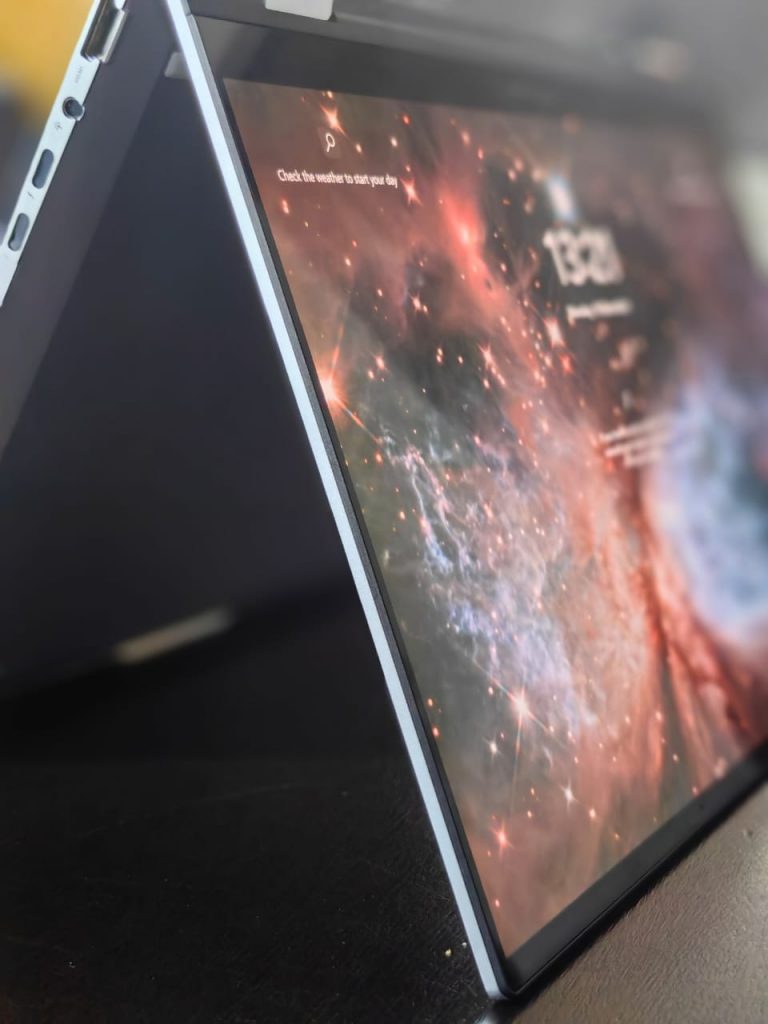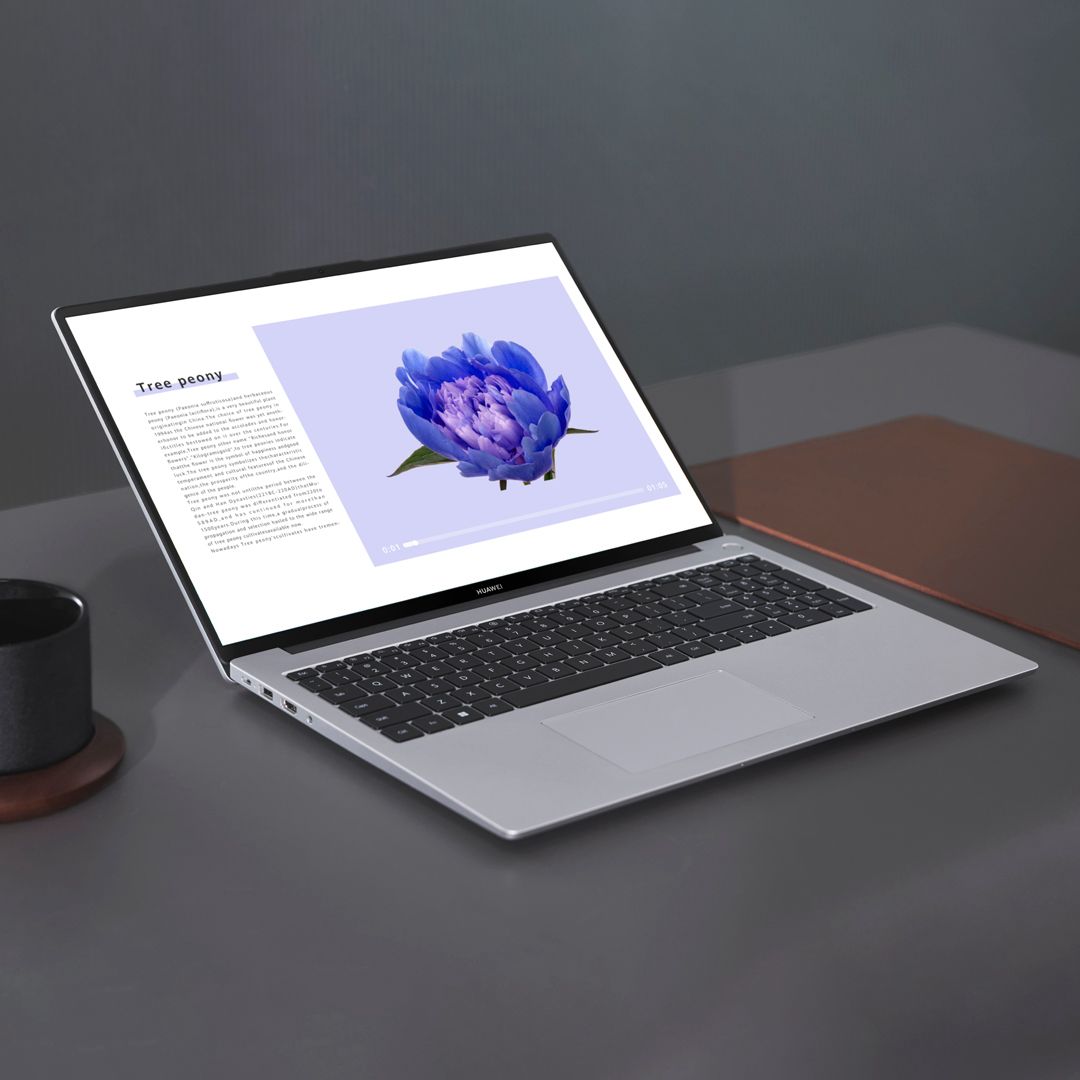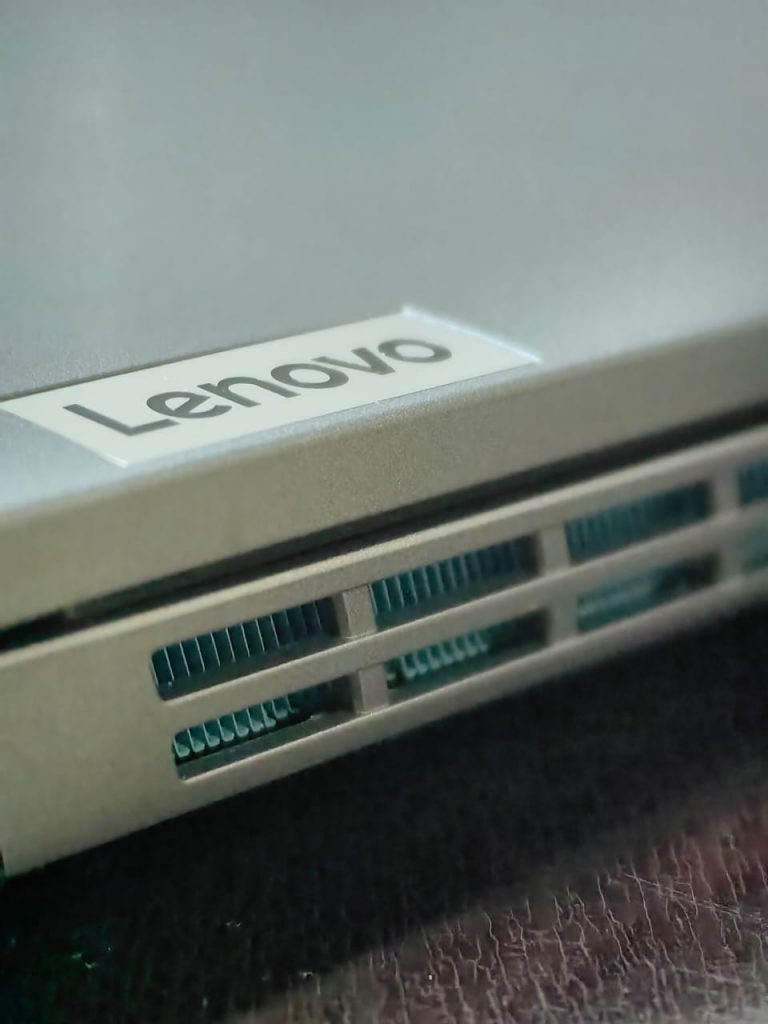Inbox icons, subject line sorcerers, CTA kings – the results are in. The 2025 You Mailed It Awards by Everlytic have crowned their champs, with Old Mutual Rewards and Machine_ taking…
The new normal, why laptop displays stretch beyond 45 degrees

The evolution of the laptop has seen many stages, as innovators race towards a device that answers most consumer needs while encompassing the flexibility to adapt to a number of requirements from the user.
Huawei, Asus, HP, and other laptop manufacturers appear to understand that in today’s day and age, versatility is key.
Only days ago Huawei at their global launch in Dubai announced a new MateBook arrival in the form of the Huawei MateBook D16, which as expected came with a 180-degree hinge.

Huawei isn’t the only one to make the shift into the versatile laptop as Asus, as in the Asus Zenbook S13 is another introduction that appears to push the envelope.
The Asus Zenbook S13 is one device that if you describe it to a technology-challenged audience, they would swear you’re straight out of a mental institution.

The Asus Zenbook not only stretches 180 degrees but also flips the screen all the way behind the keyboard to replicate a tablet.
The reason for the new design
There are a number of reasons, although one common denominator remains, and that’s versatility.
Laptops with 180 degree hinges offer flexibility and versatility compared to traditional laptops. With a flip of the screen, the laptop can be used in a different mode.
Whether it’s the tent mode, this is not the name but we assume you get the point. Whether is tent mode, tablet mode, or stand mode, these options allow the new kind of laptop user to have access to a device that can meet their versatile needs.

The modern laptop
Referred to as the 180-degree hinge or a 360-hinge laptop design, this latest could be fad, is a design most manufacturers think makes sense, especially post the Covid19 pandemic.
These laptops can function as traditional laptops or as tablets, providing users with greater flexibility.
The options include:
Tablet mode/Stylus mode:
The hinge design allows the laptop to fold back completely, transforming it into a tablet. Drawing often requires a tablet-like format and it seems laptop makers are also adding that functionality as a pre-requisite.
Tent Mode/Stand Mode:
This mode looks like a tent, but is an intermediate position which has lately become a massive convenience.
Due to the convenient tent-like positioning, users can watch, and view something on their devices without the need for a stand. The laptop is folded into a V-shape and placed as a stand.
Traditional tablet mode:
This is the normal opening of a laptop at a 45-degree angle with no room for adjustments. Traditional functionality appears to be evolving as designers continue to woe the versatile consumer.
The catch
These so-called versatile laptops, 2-in-1 devices tend to be on the heavier side.
Due to their versatile nature, a few tweaks to the devices to have them able to deliver different modes means manufacturers had to compensate and the sacrifice was the added weight.
Limited range.
Usually, 2-in-1 laptops are so versatile that they lack other areas such as desired processing speed but compensate with laptop versatility.
While manufacturers continue to shift, chop, and change designs in the race toward the perfect laptop, it’s important to note that not all laptops have displays that fold back completely.
While some may have hinges that only allow a limited range of motion, it is important to make sure that the laptop includes a 180-degree hinge allowance when making that purchase.
The laptop is evolving and laptop versatility is slowly moving towards an era where we may just see a laptop that in most cases caters to both competency and versatility.
It’s usually hard to strike that balance.
Also read: Work Smarter, Faster, and Better with HUAWEI MateBook D 16

